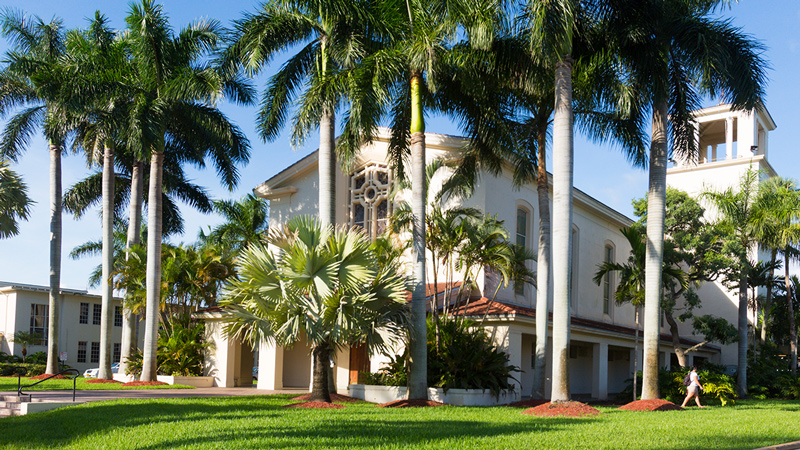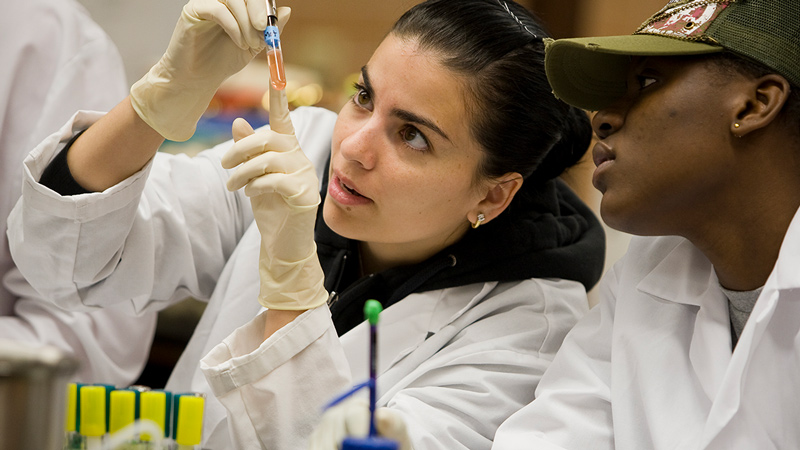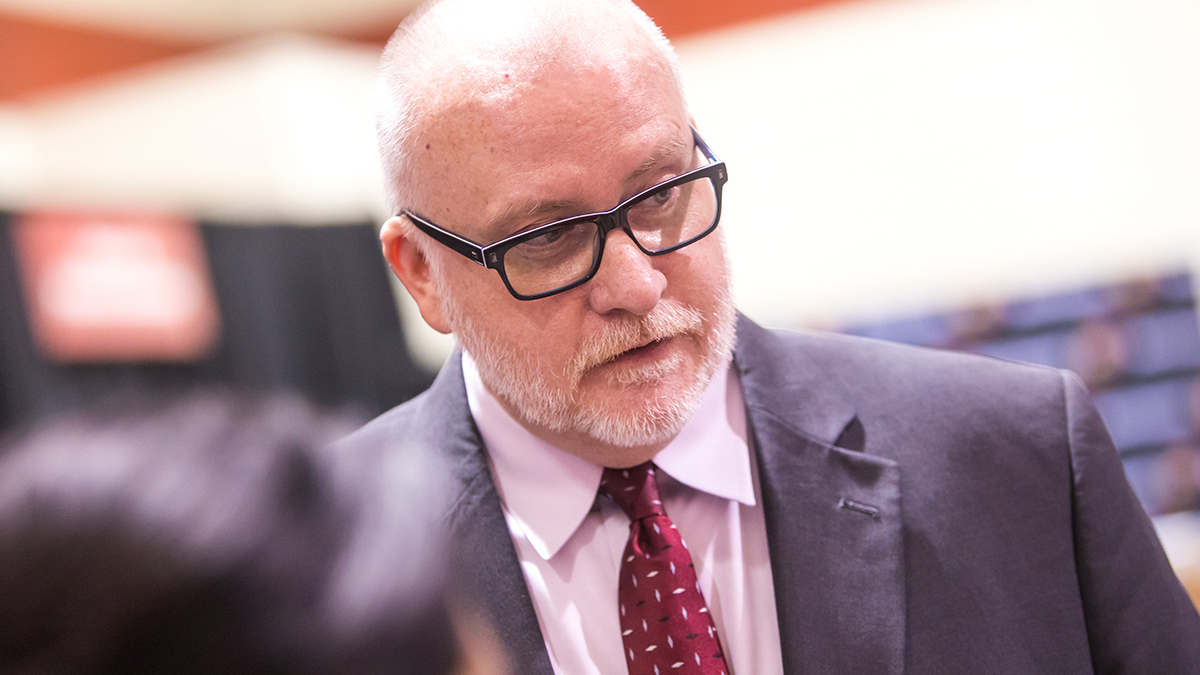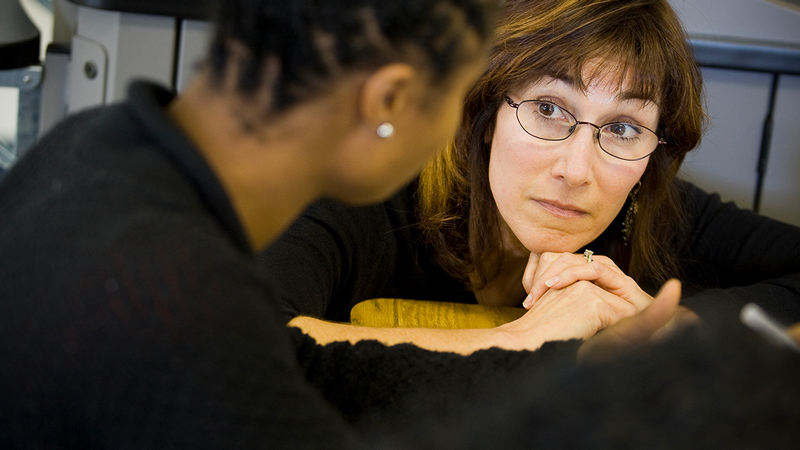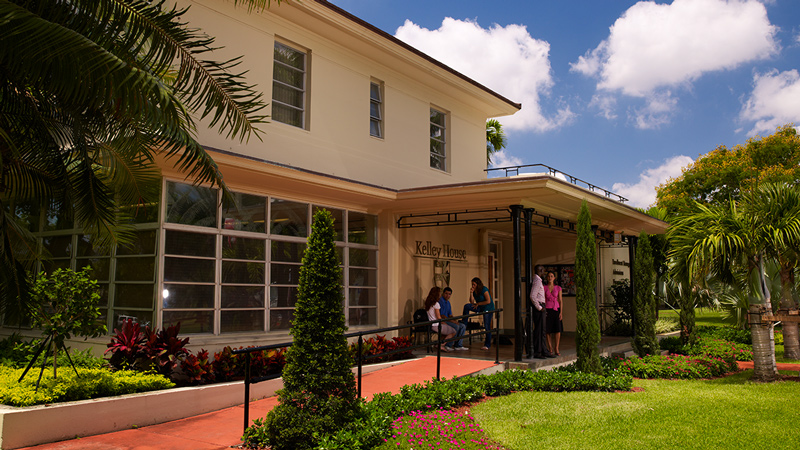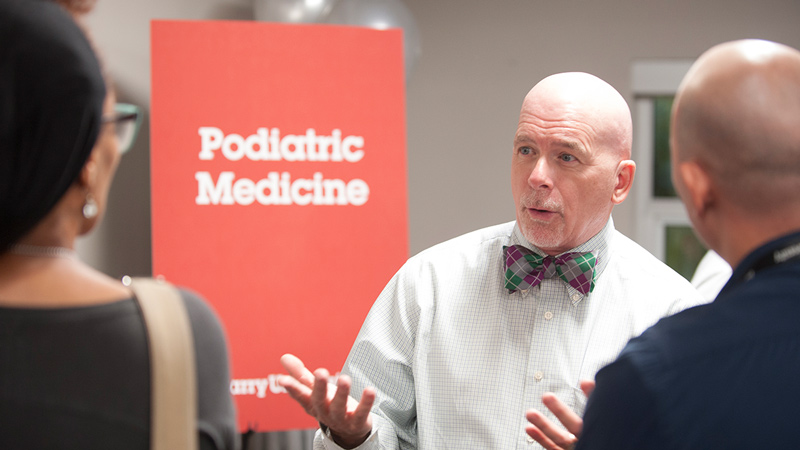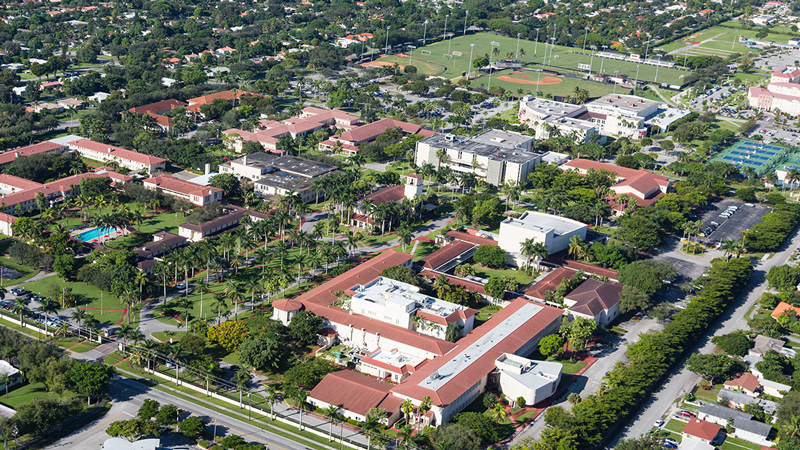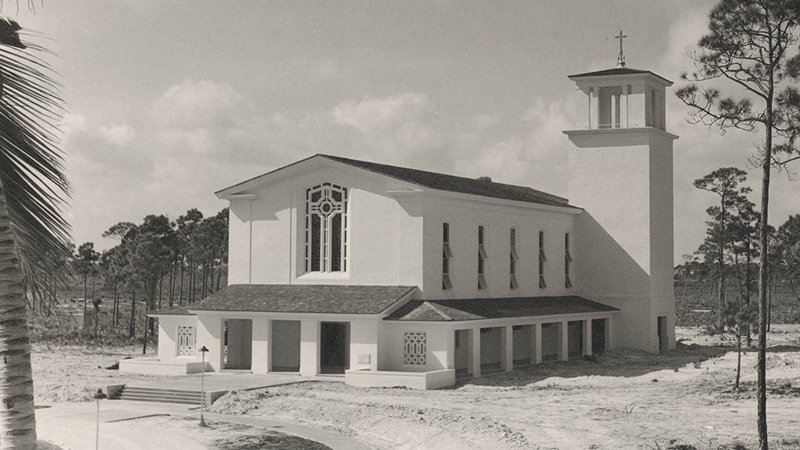The Art History specialization at Barry University is designed to give you the knowledge and skills to understand art works, artists, and art movements from all periods and places in history. The Barry Art History program was the first in South Florida to offer courses in World Art, a foundation of study that integrates the art of Europe and America into a global perspective. The program is organized to provide you with a balance between broad backgrounds in art and history and specialized areas of study, including individual, self-directed independent study, culminating in the Senior Seminar. Successful completion of the Art History specialization requirements, and all other University degree requirements, results in the B.A. degree in Art.
A significant component of the program is the Senior Paper and Senior Presentation, created as part of the Senior Seminar. Working individually with your advisor, you will select a research topic and write an analytical paper about it from multiple perspectives. You will then present a shortened version of the paper to the arts community on campus, showcasing your achievement.
What are the Program’s resources?
In addition to small class sizes, a committed faculty, and personalized attention, Barry offers you the latest in digital images, from a continually expanding image archive. The Art History classroom is equipped with digital projection, internet access, video and DVD projection, and a display collection illustrating the history of photography. Art History classes are taught using power point and frequently incorporate images specially taken on location in the U.S. and internationally for use in teaching. Digital review images are made available to each student enrolled in a class. In addition, you will have access to the Department’s extensive image archive of the history of world art should you wish to utilize
it for your class work.
What can you do with an Art History degree?
The Art History program prepares you for careers in art museums, commercial galleries, and advanced graduate training for teaching Art History or professional art writing. The success of the program is evident in the achievements of its graduates. Graduates have obtained professional positions at Vizcaya Museum and Gardens in Miami, at the Museum of Contemporary Art in North Miami, and at leading commercial art galleries. Other graduates have completed master’s degrees in Art History from schools such as the University of Amsterdam (Netherlands), Dartmouth College, and the University of Miami. Other Barry alumni are currently enrolled in graduate school, including the University of Glasgow (Scotland) and Utrecht University (Netherlands).
